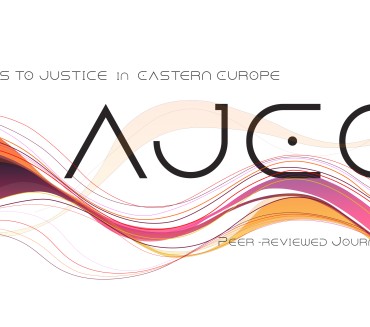Summary: 1. Introduction. – 2. Methodology. – 3. The Main Grounds for Applying to the ECtHR in Today`s Conditions in Ukraine. – 4. Measures Adopted by The ECtHR Following the Decision and Features of Their Application in Ukraine. – 5. Features and Status of Execution of the ECtHR Judgements in Ukraine through the Prism of Foreign Experience. – 6. Conclusions.
Background. The European Court of Human Rights is an authoritative international institution, and its judgments are crucial for the protection of the rights proclaimed by the Convention for the Protection of Human Rights and Fundamental Freedoms. This article aims to analyse the state of execution of ECtHR judgments in Ukraine, the role of state authorities in this process, and the challenges of their interaction in implementing the measures prescribed by the Court.
Methods. A general analysis of selected ECtHR judgments concerning the measures applied made it possible to differentiate between the types of measures, their specific features, and their impact on both the implementation of judgments and the prevention of similar applications in the future. Using statistical methods, the article assesses the extent to which Ukraine and other states have fulfilled their obligations under the Convention, forming the basis for the final conclusions.
Results and Conclusions. The article provides a comprehensive analysis of methods for implementing ECtHR judgments, including the payment of just satisfaction, the adoption of additional individual and general measures, and the procedures applied by competent authorities at different levels. This analysis enabled an evaluation of their variability, interrelation, and effectiveness in ensuring compliance with the Convention, and most importantly, in addressing the root causes of violations to reduce the recurrence of similar applications before the ECtHR. Based on this, the article proposes improving the procedure for executing ECtHR judgments in Ukraine as a respondent state.

